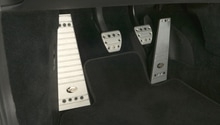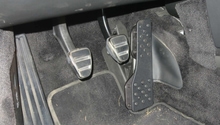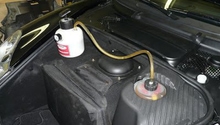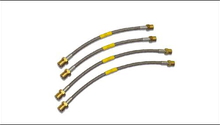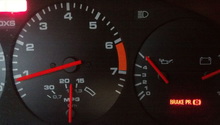Porsche 993: Why Does My Brake Pedal Go to the Floor?
When stepping on that brake pedal, the last thing you want to feel is it going all the way to the floor or being soft and mushy. Hydraulic systems are fairly simple, and a few little things could cause this massive issue.
This article applies to Porsche 993 (1993-1998).
The brake system in our cars is one of those systems that we want to work every time we go to use it. There is nothing worse than going to step on that very important pedal and it going all the way to the floor. The brake system is a basic hydraulic system. Like most hydraulic systems, every component is extremely important, and if one thing is not working, then the system fails. This article covers some of the most common reasons that make the pedal not feel like it should.
Like with most issues we encounter, the first thing we should always do when something goes wrong is take a quick look at the components that help this system to operate correctly. When referring to the brake system, here are the key components that make up the hydraulic aspect of the system:
- Brake calipers - This is the component of the brake system that technically does the heavy lifting. It's at the end of the hydraulic lines.
- Brake lines - These transfer fluid from the master cylinder to the brake calipers.
- Master cylinder - This is what transfers our pedal input into brake pressure.
- Brake fluid - We must remember that this is an actual component and is what transfers brake pressure from the master cylinder applied by us to the brake caliper to actuate the brakes.
- ABS components - Some systems will have ABS components, i.e. sensors, pumps, and accumulators.
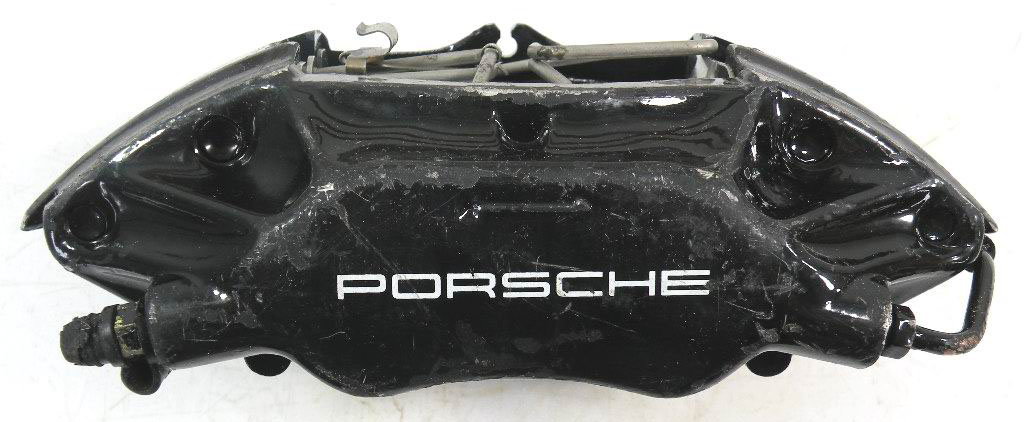
Step 1 – Check for leaks
Components leaking brake fluid are probably one of the most common forms of pedals going to the floor. As you push the pedal, a piston in the master cylinder pushes brake fluid through the lines. The force of this fluid is what actuates the caliper and causes it to clamp down on the rotor. If there is a leak at any point in the system causing fluid or pressure to leak out, the system will not build up pressure and will cause the pedal to keep traveling down to the floor.
The easiest way to check is to first check the level of fluid in the reservoir of the master cylinder; if it's low, then that will be your first indication. The second place to check is around the calipers, suspension components, line fittings, and master cylinder for signs of wet areas or fluid escaping. Check the short rubber lines that connect the brake caliper to the chassis metal lines. They can rupture especially if they are old. Even stainless steel lines are prone to rupturing if they rub on suspension components.

Pro Tip
It is always a good idea to get a shop manual for the vehicle you are working on. It provides component locations, troubleshooting ideas, and tips on working through car issues.
Step 2 – Bleed the braking system
Brake fluid can absorb moisture over time. It is possible that it has absorbed so much moisture that it is keeping the system from building pressure and allowing the pedal to go to the floor. It has also been known that if brake fluid is old, the boiling point of it drops drastically. What this means is that old brake fluid can get hot and evaporate, leaving less brake fluid in the system, or even forming condensation when reaching temperatures close to its boiling point.
To eliminate this, it is a good idea to bleed and flush the brake fluid on a regular basis, especially if you do a lot of track driving or drive on roads that require a lot of brake input.
(Related Article: Porsche 993: How to Replace Brake Fluid - Rennlist.com)
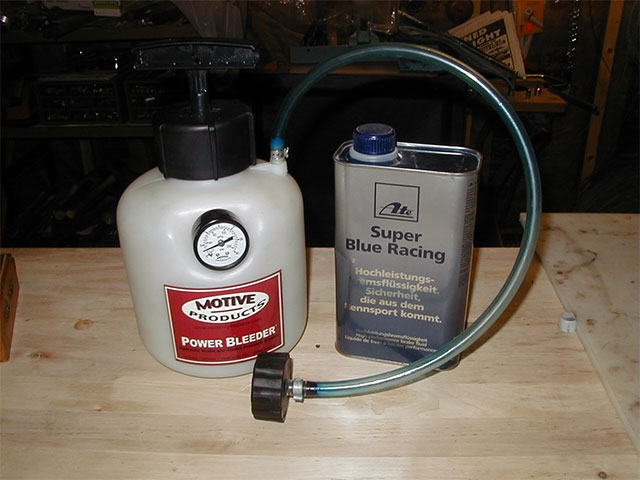
Pro Tip
A vacuum bleeder is a good investment for bleeding your brake system. It allows it to be a one-person operation.
Step 3 – Check for internal component leaks
This is the one that we all hate. A seal or some other part is allowing a component to leak internally and not allowing us to see it. This is most common with the master cylinder. It is possible the seal on the piston inside the master cylinder can fail, causing fluid to pass by it as it is being compressed. The most unfortunate part about this is that there are really no physical determining factors, and often times a lot of other components are replaced before this actually arises as a potential problem.
It is also possible that a seal can fail on a caliper piston, but most of the time that will leak fluid out. Old calipers can have pistons that stay extended when you let off the pedal. Most of the time this can be determined because the car will pull to one side or the other.

Pro Tip
Remember that troubleshooting vehicle systems requires a systematic approach. It is always a good idea to make a checklist and have a plan of attack. It can be time consuming and frustrating, but if you take your time and make sure to be patient, then you will get to the bottom of it.
Step 4 – Change the brake pads and/or rotors
As obvious as it seems, there are situations where people have changed pads and overlooked the rotors, or haven't changed either one. Both the rotors and pads have minimum thicknesses that they require to operate correctly. If either of these are surpassed, it can allow the brake pedal to require more input than what is normally required.
(Related Article: Porsche 993: How to Replace Brake Pads/Calipers/Rotors - Rennlist.com)
Pro Tip
There are certain precision measuring tools required to correctly measure parts on your car. It is very difficult, or sometimes impossible, to get accurate measurements without them.
Step 5 – Install a new ABS pump
On Porsche 993s, the ABS system pump can fail after many years of service. It seems to accumulate sludge or other contaminants over the years and will fail to build pressure after a while. It will oftentimes feel like a failing master cylinder. To remedy this, a new or rebuilt ABS pump should be installed, and then a good bleed of the brake system and filling of the brake fluid should be done.
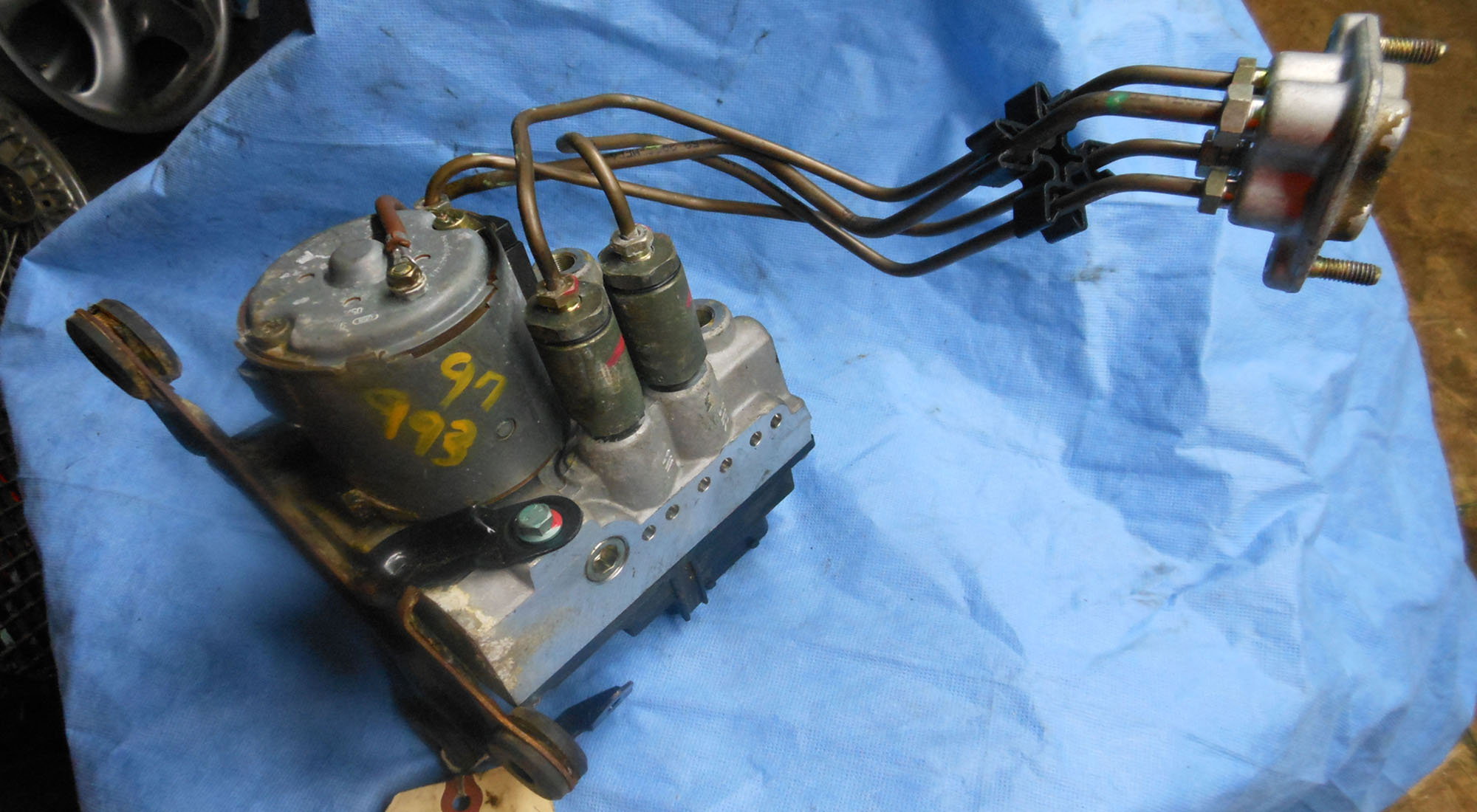
Related Discussions
- Soft Brake Pedal - Rennlist.com
- Solution for Soft Brake Pedal Caused by ABS Pump - Rennlist.com

